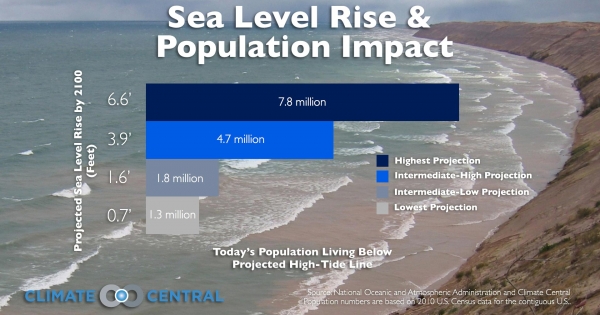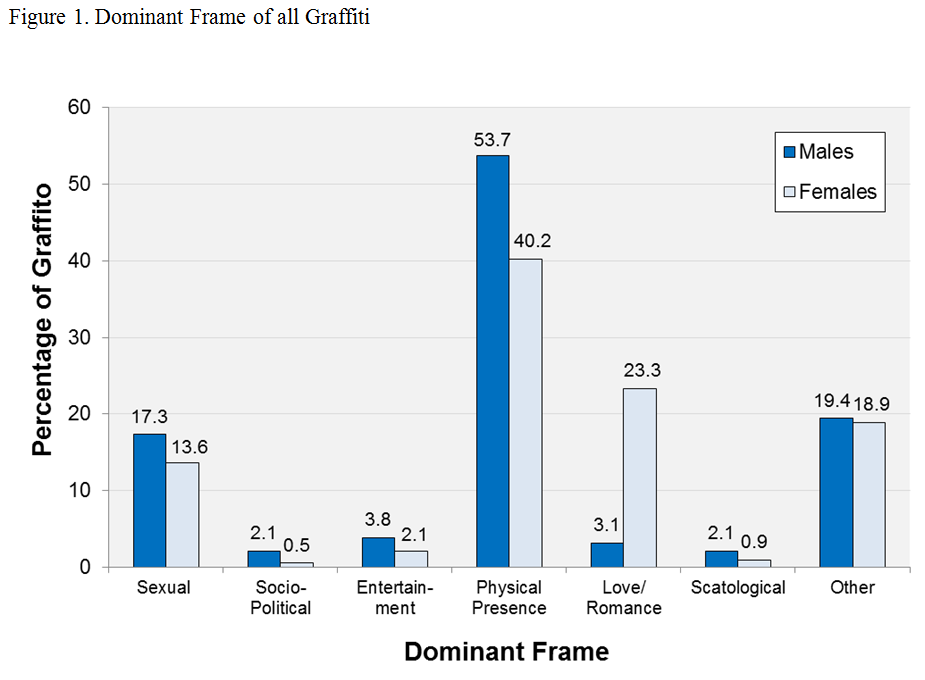Sea Level Rise: Impacts On Coastal Towns And Cities

Table of Contents
The Physical Impacts of Sea Level Rise on Coastal Infrastructure
Sea level rise is not a distant threat; its physical impacts are already being felt in coastal communities around the globe. The consequences are multifaceted, threatening crucial infrastructure and the very foundations of coastal life.
Increased Coastal Erosion
Rising sea levels significantly exacerbate coastal erosion. Higher water levels lead to increased wave action and storm surge intensity, relentlessly chipping away at shorelines. This process is further compounded by factors such as rising sea temperatures and changes in ocean currents. For example, the island nation of Kiribati is experiencing severe erosion, leading to the displacement of entire communities. The economic costs associated with this erosion are staggering, encompassing the loss of valuable properties, the damage to protective seawalls, and the expensive undertaking of shoreline restoration projects.
- Increased storm surge intensity
- Beach loss and habitat destruction
- Damage to seawalls, breakwaters, and other protective structures
- Increased sediment transport and deposition
More Frequent and Severe Flooding
The connection between sea level rise and increased coastal flooding is undeniable. Even a relatively small rise in sea level dramatically increases the frequency and severity of high tide flooding. This means that areas previously unaffected by regular flooding are now experiencing inundation more often, causing disruption to daily life and significant damage to property. Transportation infrastructure, including roads and bridges, is particularly vulnerable, leading to disruptions in transportation networks and economic activity. Residential and commercial properties also face significant damage, leading to costly repairs and insurance claims.
- High tide flooding becoming more commonplace
- Increased vulnerability to storm surges and extreme weather events
- Damage to sewage and water systems, leading to contamination risks
- Disruption of transportation networks and economic activities
Saltwater Intrusion
Sea level rise facilitates saltwater intrusion into freshwater aquifers and coastal wetlands. As sea levels climb, saltwater pushes further inland, contaminating freshwater sources crucial for agriculture and drinking water supplies. This has devastating consequences for both human populations and the delicate balance of coastal ecosystems. The contamination of aquifers necessitates expensive desalination or the development of new water sources, placing a significant burden on already strained resources. Agricultural lands become unproductive as saltwater damages crops, and coastal ecosystems suffer biodiversity loss due to changes in salinity.
- Contamination of aquifers and drinking water supplies
- Damage to crops and reduced agricultural yields
- Loss of biodiversity in coastal wetlands and estuaries
- Increased costs associated with water treatment and desalination
Socioeconomic Impacts of Sea Level Rise on Coastal Communities
The impacts of sea level rise extend far beyond physical damage; they profoundly affect the socioeconomic fabric of coastal communities. The consequences are wide-ranging, impacting livelihoods, displacement, and public health.
Displacement and Migration
As coastal erosion and flooding intensify, populations are increasingly displaced from their homes and businesses. This forced migration creates significant social and economic challenges for both the displaced populations and the communities that receive them. Climate refugees face difficulties in finding adequate housing, employment, and social services in their new locations. Already, communities in low-lying coastal areas are experiencing this displacement, leading to social unrest and increased inequality.
- Loss of homes, businesses, and cultural heritage sites
- Strain on resources in inland areas receiving climate migrants
- Social disruption and increased inequality
- Loss of traditional livelihoods and cultural practices
Economic Losses and Impacts on Industries
The economic consequences of sea level rise are substantial. Coastal industries, including tourism, fishing, and shipping, are particularly vulnerable. Damage to infrastructure, decreased tourism revenue, and reduced fishing yields all contribute to significant economic losses. Insurance costs rise dramatically as risk assessments reflect the increased likelihood of damage from flooding and storms. This economic burden disproportionately affects coastal communities, leading to decreased economic opportunity and increased poverty.
- Damage to coastal infrastructure (ports, roads, etc.)
- Loss of tourism revenue due to beach erosion and flooding
- Decreased fishing yields due to habitat destruction and saltwater intrusion
- Increased insurance costs and financial burdens
Public Health Concerns
Sea level rise poses significant public health challenges. Increased flooding and saltwater intrusion elevate the risk of waterborne diseases, threatening the health and safety of coastal populations. The stress and anxiety associated with displacement and environmental loss also negatively impact mental health. Furthermore, extreme weather events associated with rising sea levels increase the risk of injuries and fatalities.
- Exposure to contaminated water and increased risk of waterborne diseases
- Increased stress, anxiety, and mental health issues related to displacement
- Risk of drowning and other injuries during extreme weather events
- Disruption of healthcare services during and after extreme weather events
Conclusion
The impacts of sea level rise on coastal towns and cities are multifaceted and severe, encompassing significant physical damage, widespread socioeconomic disruption, and substantial public health concerns. Understanding the gravity of these impacts is crucial for implementing effective mitigation and adaptation strategies. We must act now to reduce greenhouse gas emissions, invest in resilient infrastructure, and support the communities most vulnerable to the effects of rising sea levels. Learn more and get involved in combating sea level rise and its devastating consequences today!

Featured Posts
-
 Shane Lowrys Reaction To Rory Mc Ilroys Masters Win Disappointment And Joy
May 11, 2025
Shane Lowrys Reaction To Rory Mc Ilroys Masters Win Disappointment And Joy
May 11, 2025 -
 Aaron Judge 2024 Yankees Magazines Season Outlook
May 11, 2025
Aaron Judge 2024 Yankees Magazines Season Outlook
May 11, 2025 -
 Review Anthony Mackies Voice Role In A New Childrens Movie
May 11, 2025
Review Anthony Mackies Voice Role In A New Childrens Movie
May 11, 2025 -
 From Bathroom Banter To Broadcasting Gold Ai Digest For Scatological Documents
May 11, 2025
From Bathroom Banter To Broadcasting Gold Ai Digest For Scatological Documents
May 11, 2025 -
 3 S Get 10
May 11, 2025
3 S Get 10
May 11, 2025
